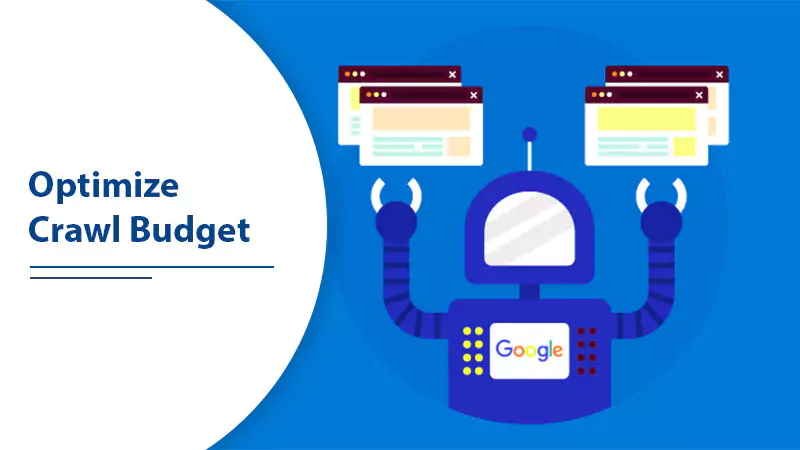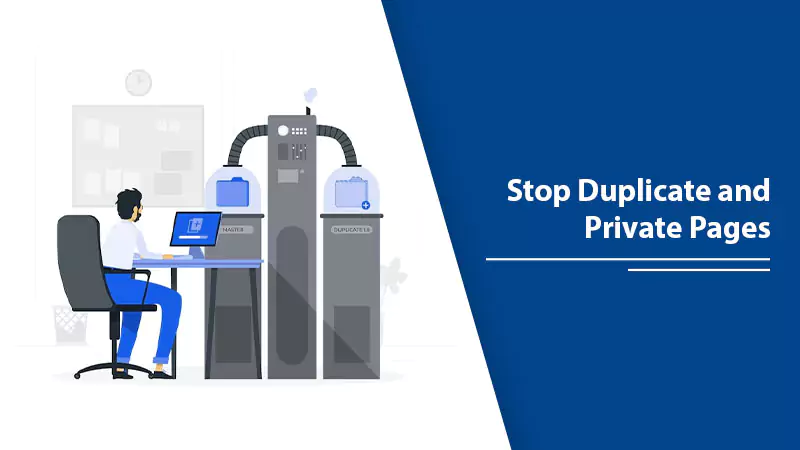If you’re a web developer or site owner, you’ll probably want to know what is robot.txt. This simple text file is an important part of the infrastructure of the web because it tells web robots, like search engine robots, how to crawl your website. In this blog, we’ll explore what the robots.txt file is, how it works, and how to make one.
What is robots.txt?
Webmasters use a text file called “robots.txt” to tell web robots (usually search engine robots) how to crawl the pages on their website. The robots.txt file is part of the robots exclusion protocol (REP), which is a set of web standards that control how robots crawl the web, access and index content, and serve that content to users. The REP also has directives like meta robots and instructions for how search engines should handle links (like “follow” or “nofollow”) on a page, in a subdirectory, or for the whole site.
In practice, robots.txt files tell user agents (software that crawls the web) which parts of a website they can and cannot crawl. These crawl instructions tell user agents what to do by “disallowing” or “allowing” their behavior.
How Does robots.txt work?
Search engines mostly do two things:
- Crawling the web to find content and indexing that content so that people looking for information can find it.
- Search engines follow links to get from one site to another when they “crawl” sites. In the end, they crawl over billions of links and websites. “Spidering” is sometimes used to describe this type of crawling.
What is robot.txt in SEO?
- Make sure you aren’t blocking any of your website’s content or sections that you want crawled.
- Don’t use robots.txt to keep private user information or other sensitive data from showing up in SERP results. Because other pages may link directly to the page with private information (bypassing the robots.txt directives on your root domain or homepage), it may still get indexed. If you don’t want your page to show up in search results, you can use something like a password or the noindex meta directive.
- There are many user-agents on some search engines. Googlebot is used for organic search, and Googlebot-Image is used for image search. Most user agents from the same search engine follow the same rules, so you don’t need to give specific instructions for each of a search engine’s multiple crawlers. However, if you can, you can fine-tune how your site’s content is crawled.
- The contents of robots.txt will be saved in a search engine’s cache, but the cached content is usually updated at least once a day. You can send Google your robots.txt url if you change the file and want it to be updated faster than it is now.
How to Create a robots.txt File
If you don’t have a robots.txt file already, it’s easy to make one. You can use a tool to make a robots.txt file or make one yourself. Here is the most helpful way to make a robots.txt file:
Make a file called robots.txt and save it.
Add rules to the file called robots.txt
Add the file robots.txt to your site.
Check the file robots.txt
What is the Use of robots.txt?
Robots.txt files tell crawlers what parts of your site they can visit. This can be very dangerous if you accidentally stop Googlebot from crawling your whole site (!! ), but a robots.txt file can be very helpful in other situations. Here are some common uses:
- Making sure that duplicate content doesn’t show up in SERPs (note that meta robots is often a better choice for this)
- Keeping whole parts of a website private (for example, the staging site for your engineering team)
- Preventing internal search results pages from being displayed on a public search engine result page
- Choosing where the sitemap goes (s)
- Stopping search engines from indexing some of your site’s files (images, PDFs, etc.)
- Setting a crawl delay will keep your servers from getting too busy when crawlers load a lot of content at once.
- If you don’t want user agents to be able to access any parts of your site, you might not need a robots.txt file at all.
What are the Benefits of robot.txt?
A robots.txt file directs what web crawlers do so they don’t overwork your site or index pages that aren’t intended for public viewing.
1. Optimize Crawl Budget

“Crawl budget” is the number of pages on your site that Google will crawl at once. The number can change depending on the size, health, and number of backlinks to your site.
Crawl budget is important because if your site has more pages than its crawl budget can handle, some of your pages won’t be indexed.
2. Stop Duplicate and Private Pages

You don’t have to let search engines crawl every page on your site because not all of them need to rank.
Some examples are staging sites, pages with results from an internal search, duplicate pages, and login pages.
3. Hide Resources

Sometimes you’ll want PDFs, videos, and images removed from Google’s search results.
You might want to keep those resources private or have Google pay more attention to other, more important information.
In that case, the best way to keep them from being indexed is to use robots.txt.
Summing Up:
In the end, we know what is robot.txt. It is a file that is a critical tool for managing how search engine robots crawl your website. By using the file’s directives, you can control which pages and files are accessible and which aren’t. Make sure you don’t block any of your site’s essential content or sections, and don’t use robots.txt to keep private user information or sensitive data from showing up in search results. If you need to create a robots.txt file, it’s easy to do so with any text editor, but you must follow the correct format to ensure that it’s read correctly by search engine robots.
